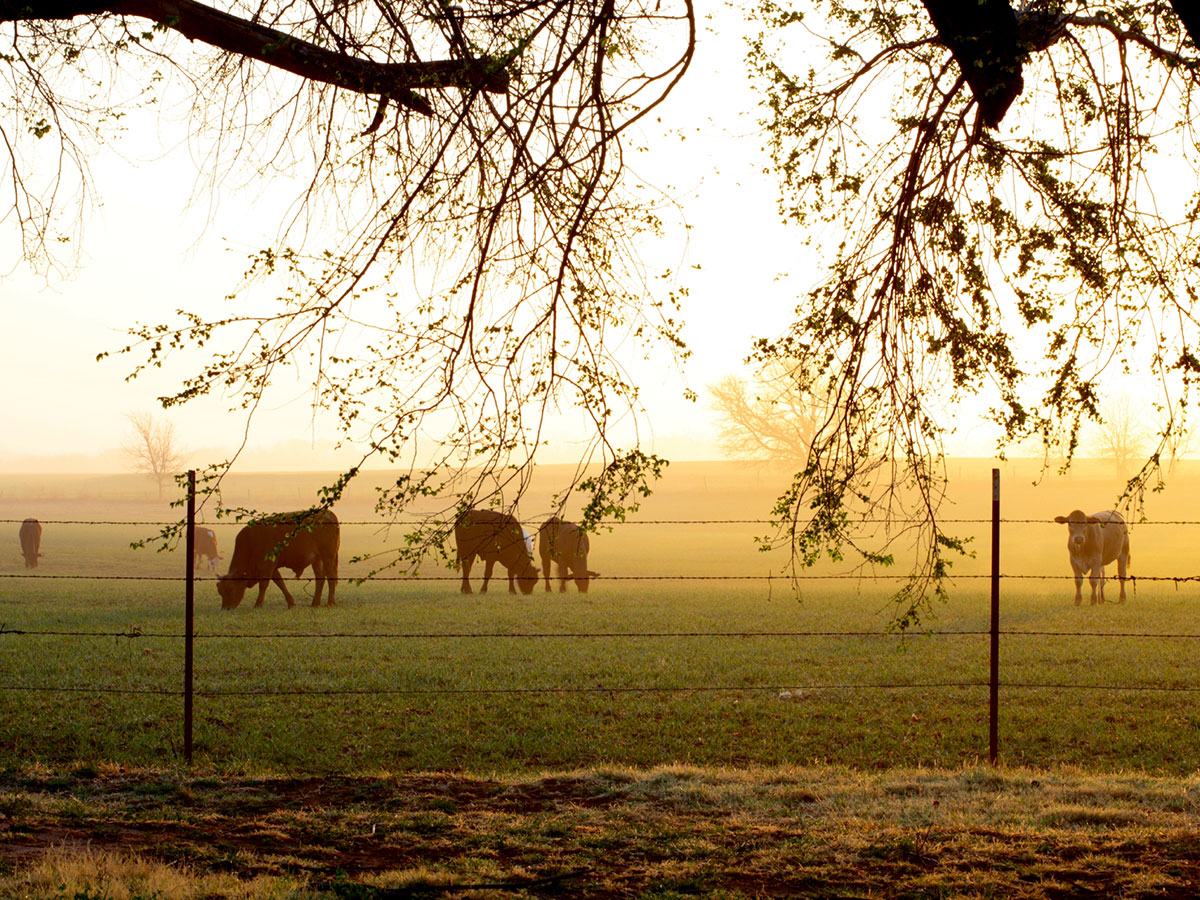Changes to the Livestock Production Assurance (LPA) program require producers to have a biosecurity plan in place from 1 October 2017.
A farm biosecurity plan captures practices which reduce the risk of introducing or spreading disease, pests and weeds on your property. It also provides an opportunity to review your current practices and make changes to reduce any risks to your production system and possible trade restrictions.
Address the following areas when completing a biosecurity plan for each of your Property Identification Codes (PICs).
• Farm inputs. Anything your property can be a potential source of pests and diseases for livestock and plants. Monitor animals or plant materials that enter the property, as well as sources of water, feed, bedding and fertiliser. Set practices regarding the health of animals entering your property such as requirements for animal health declarations, quarantine procedures, and mitigating risks when moving stock around your property.
• Farm outputs. Responsibility for biosecurity doesn’t end when plant products or animals leave the farm gate. The measures in place on your property support biosecurity in your region. Keep in mind shows and sales, making sure your stock are fit-to-load and are accompanied by relevant NVDs and NLIS database transfers.
• People, vehicles and equipment. If it can move, it can carry diseases, pests and weeds. For this reason, people, vehicles and equipment pose a high risk and should be managed accordingly. Biosecurity signs can be displayed at entry points of your property, as well as keeping a dated record of people who enter your property. Consider where people and external vehicles are allowed to access.
• Production practices. Implementing simple hygiene practices for feed and water, product packaging, storage facilities, livestock husbandry, waste materials and plant propagation activities can help reduce risk on your property. Animals displaying signs of illness or disease should be isolated and treated appropriately. Your local vet or animal health officer should also be notified if you observe signs of disease or mortality that are out of the ordinary.
• Ferals, pests and weeds. Feral animals, plant pests and weeds are a widespread nuisance but can also cause harm to your business so they need to be actively controlled. Ensure boundary fences are secure and remove or contain things likely to attract vermin, insect pests or wild animals.
• Train, plan and record. Ensure staff are well trained and you have the ability to trace where animals or plants have come from and where they went. Keep accurate records of purchases, sales, movements and treatments of all products entering or leaving the property.
A great starting point is downloading a farm biosecurity template from Animal Health Australia’s website https://www.animalhealthaustralia.com.au/wp-content/uploads/On-Farm-Biosecurity-Plan-Template.pdf. It is important to remain honest when filling out the template. This gives you the opportunity to see where improvements can be made around your property in future.
Once you’ve completed the template it does not need to be lodged or submitted. It can be requested by buyers or during an LPA audit. It is also important that everyone on the property, be it family or employees, are familiar with the plan.
Don’t let it be just another piece of paperwork. Review it annually and update it with any changes, take note where improvements can be made and be sure that you are implementing your plan to help improve your property’s biosecurity status and manage risks that could impact your production or trade capability.
For assistance, contact Catherine James or Kimberley Henman at VFFs Livestock Health & Biosecurity VICTORIA on 1300 020 163 or [email protected] or head to our website www.lhbv.org.au for more biosecurity tips and tools.
